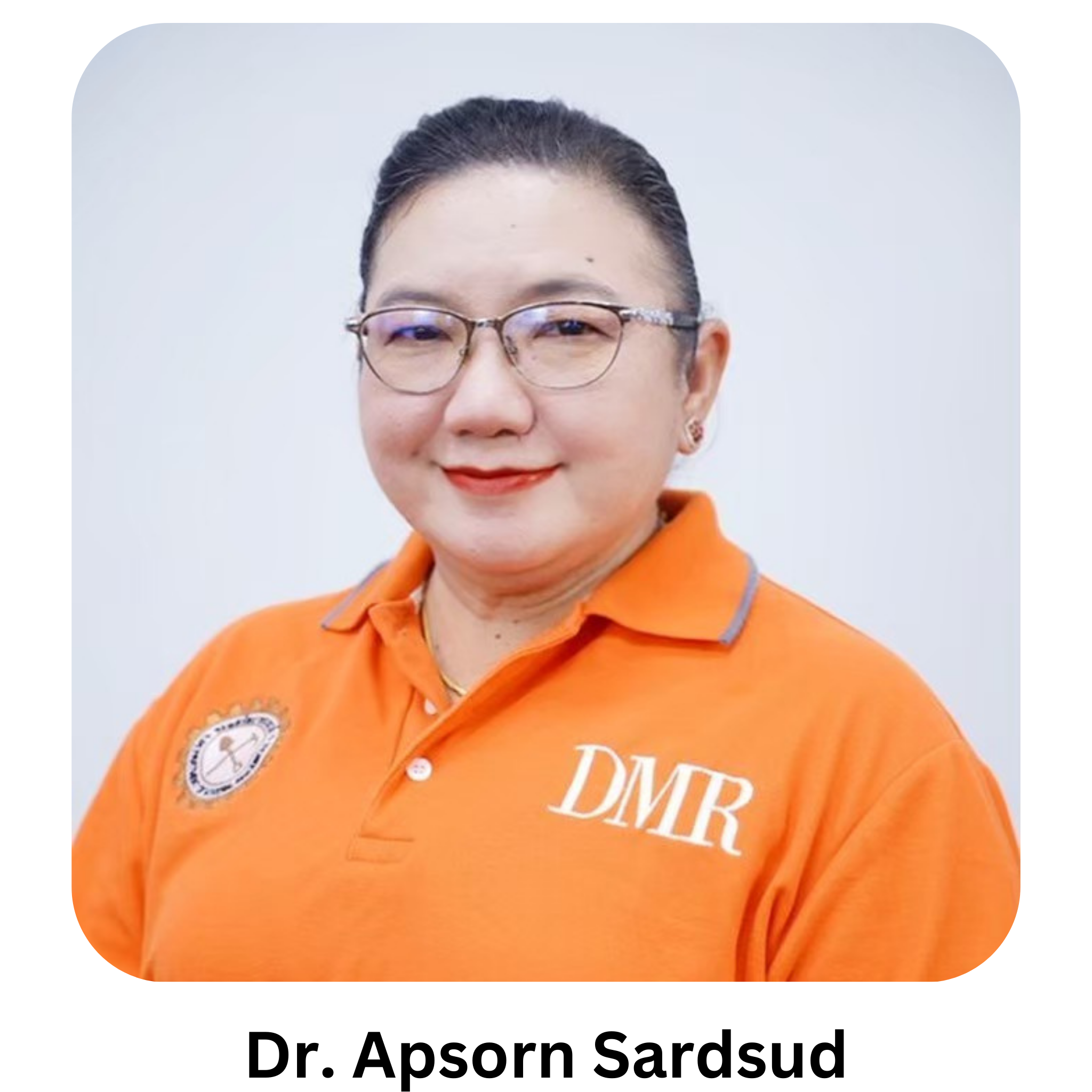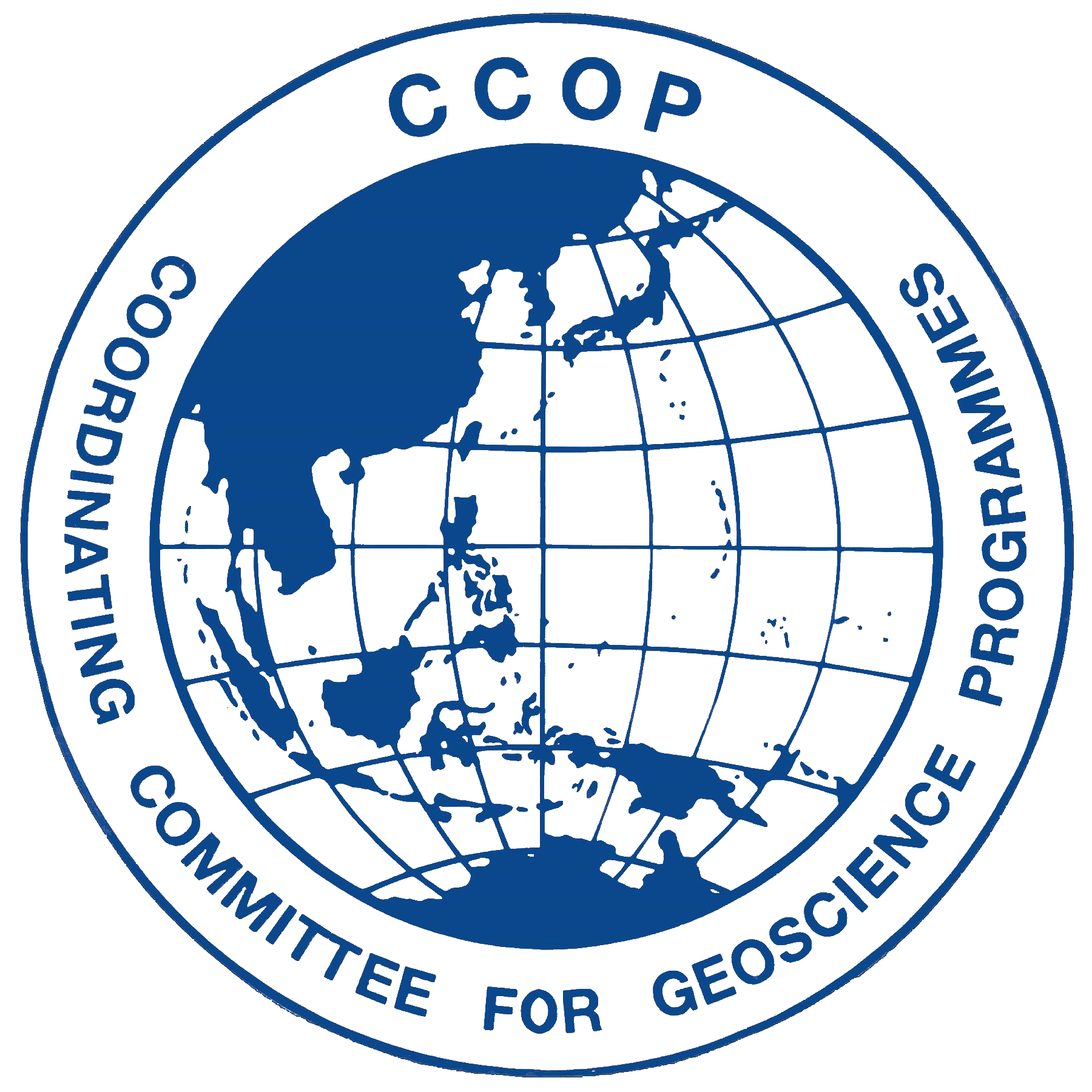
Submissions
Submission Preparation Checklist
As part of the submission process, authors are required to check off their submission's compliance with all of the following items, and submissions may be returned to authors that do not adhere to these guidelines.- The submission has not been previously published, nor is it before another journal for consideration (or an explanation has been provided in Comments to the Editor).
- The submission file is in both Word and Pdf document formats.
- The text is single-spaced; uses a 12-point font; employs italics, rather than underlining (except with URL addresses); and all illustrations, figures, and tables are placed within the text at the appropriate points, rather than at the end.
- The text adheres to the stylistic and bibliographic requirements outlined in the Author Guidelines.
- Please provide a list of three preferred reviewers for your manuscript who have relevant expertise and no conflicts of interest. Write these names and their email addresses in the "Comments for the Editor" box.
Review article
Section default policy
Copyright Notice
Copyrights of all the contents of Thai Geoscience Journal belong to the Department of Mineral Resources in Thailand.
Privacy Statement
The names and email addresses entered in this journal site will be used exclusively for the stated purposes of this journal and will not be made available for any other purpose or to any other party.






